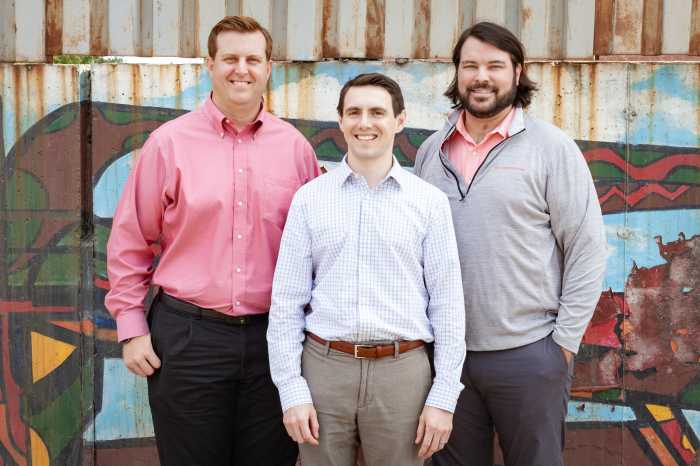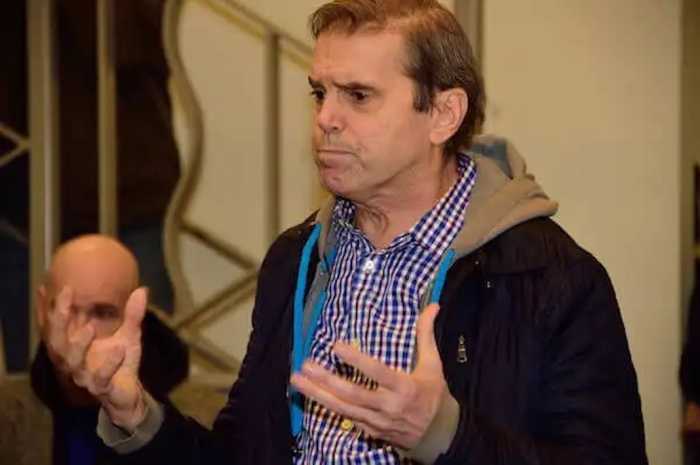City lawmakers and drivers on Monday warned that local liveries and black car services would shutter unless the government stepped in.
As app-based companies like Uber and Lyft gobble up the market with more convenient platforms, Council members Ydanis Rodriguez and Rubén Diaz Sr. courted dueling factions of drivers to City Hall to push for new policies to help the businesses as they become more marginal services in the city.
Rodriguez, who is running for Congress in the Bronx, said the local liveries still play a vital role serving low-income, non-english speaking neighborhoods that are poorly served by transit or other transportation services uptown and in the Bronx.
“We have left the livery bases, the corporate black cars behind and they are being affected like the yellow taxi industry,” Rodriguez said at a news conference at City Hall ahead of his transportation committee hearing on the state industry.
“They are providing the services that the other sectors are not providing,” Rodriguez added.
The city classifies local liveries and black cars as “for-hire” services and both sectors are under the for-hire vehicle cap that the city created in 2018 in response to the growing number of app-based drivers.
By the end of 2018, just 10,515 of nearly 136,000 TLC-licensed vehicles were associated with local livery companies — about 7.7%, according to TLC data. There are 390 livery bases in the city today, down 100 bases from the 490 that were operating in 2010.
Rodriguez pushed a proposal to allow for liveries and cabs to operate outside of the city’s vehicle cap through a new “Restricted Vehicle” license that would allow for new vehicles registrations for drivers only operating in those sectors.
Diaz Sr. pitched giving local liveries the option to make street hails within a certain zone near their base — a right currently reserved for yellow cabs and green cabs in part of the city under state law. He criticized the city for what he described as over-enforcement of illegal street hails and other TLC rules in the Bronx.
“Why is it that [the TLC is] sending enforcement to this community to kill these people?” Diaz Sr. said. “They are doing the job that we need in our community.”
Diaz Sr., at one point, had sway over policymaking as chair of a Council For-Hire Vehicle Committee. But Council Speaker Corey Johnson dissolved the panel after Diaz failed to apologize for his slur that city’s legislative body was controlled by a “homosexual community.”
“Let’s bring back the For-Hire Committee,” Diaz added, taking a jab at Rodriguez. “As long as the taxis are within the Transportation Committee, they will not get anything done. I don’t have to be the chairman.”
Bill Heinzen, the acting commissioner of the TLC, pledged to work to support the industries, but wasn’t in favor of either proposal.
“It’s not a good situation. I think that they have suffered since [2012] with the introduction of the apps,” Heinzen said. “They have seen their vehicles decline; they have seen their trips go down. They have seen their drivers drive for other companies.”
Heinzen pushed back on the idea that the TLC was over-policing drivers and livery bases. The TLC collected $16.98 million in fine revue in the 2019 fiscal year — actually a 30% drop from the $24.06 million in fine revenue collected in the 2015 fiscal year, even though the number of TLC-licensed vehicles surged during that time period.
“[Livery street hails] are inherently unsafe,” said Heinzen. “You don’t know who the driver is. You don’t know if they’re licensed,” he added. “We pick up people who don’t even have a valid DMV license.”







































